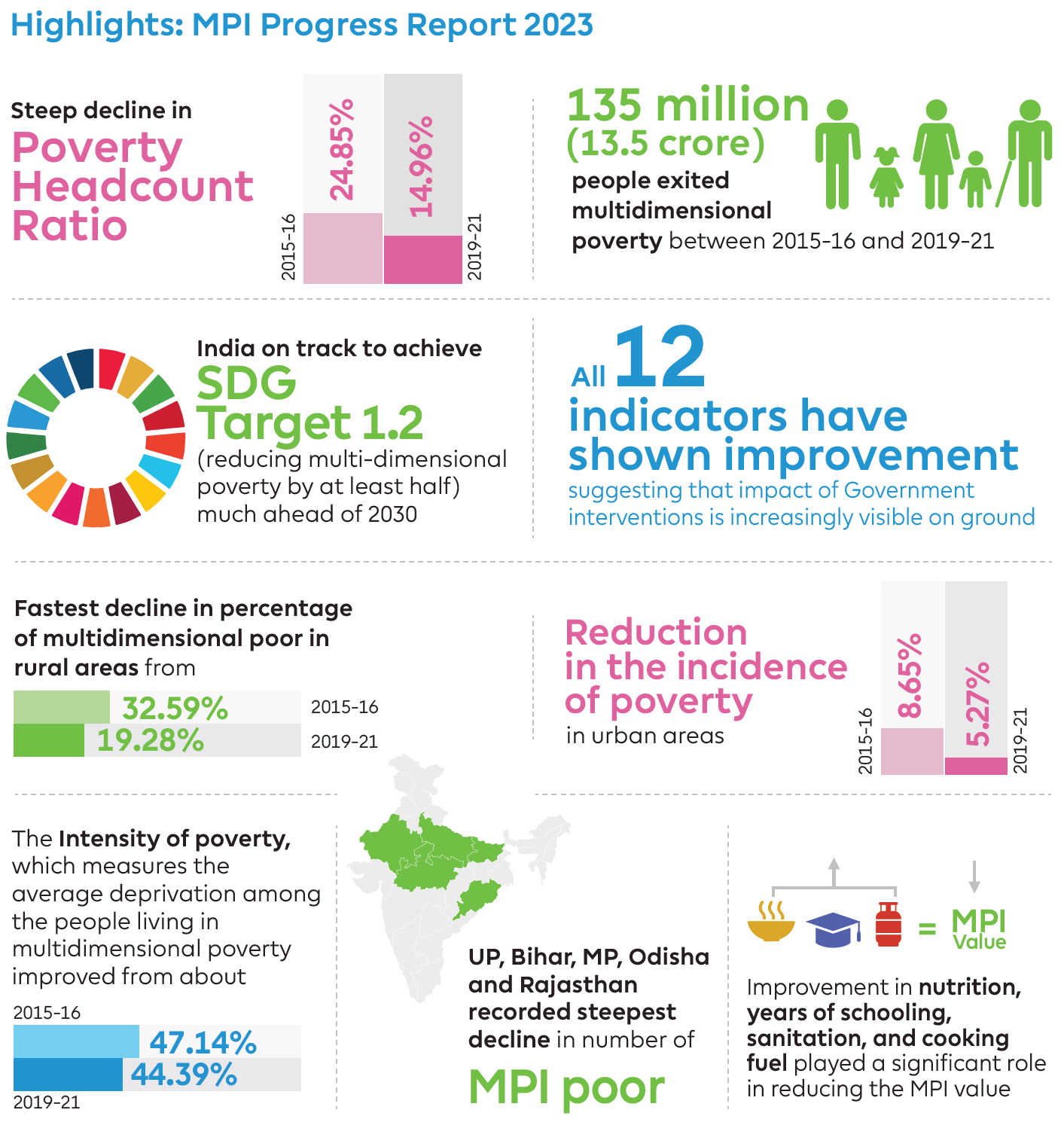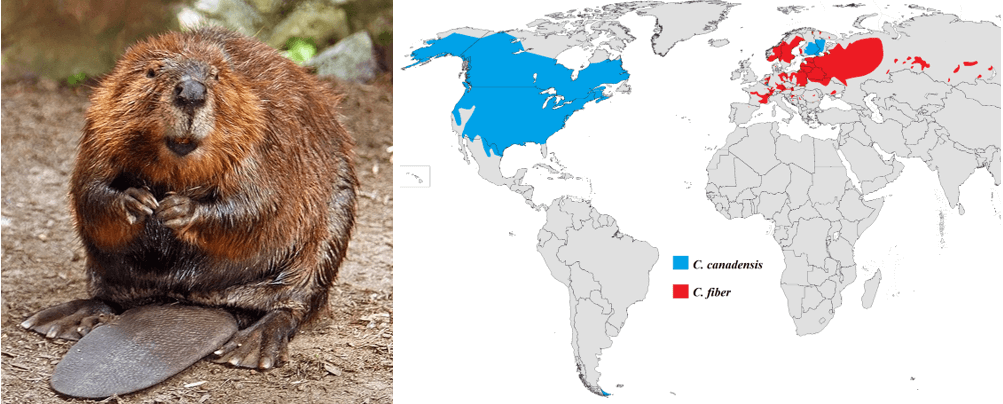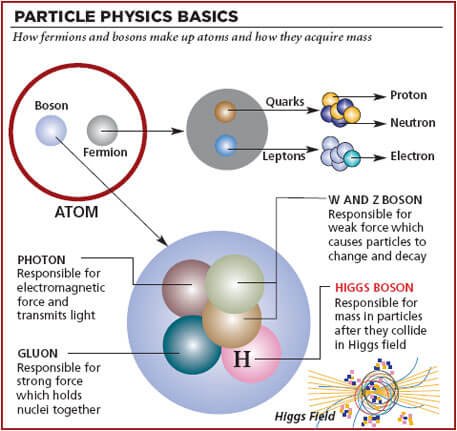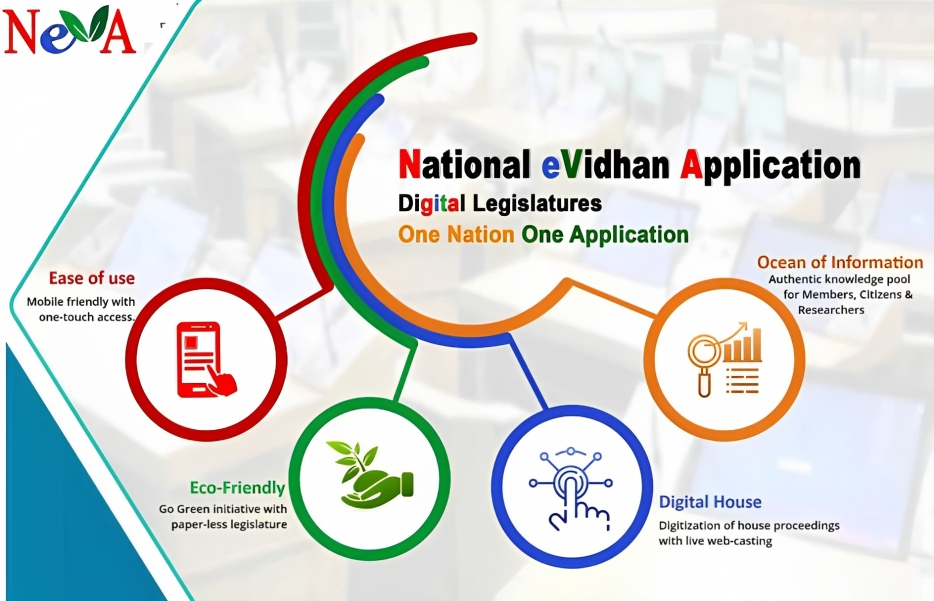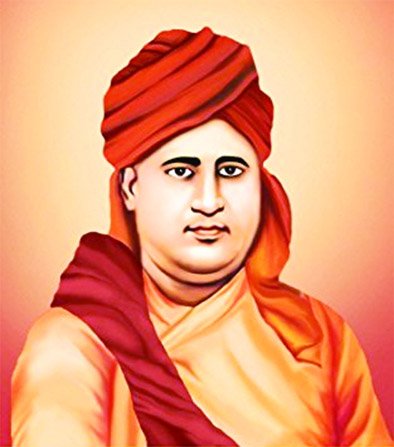
Current Affairs February 04-05, 2024: Source of Funds for Panchayats, E-Courts Mission Mode Project, Efficacy of India-made Typhoid Vaccine, Multidimensional Poverty, Fiscal Deficit, Apollo Butterflies
Subscribers of "Current Affairs" course can Download Daily Current Affairs in PDF/DOC
Subscribe to Never Miss an Important Update! Assured Discounts on New Products!
Must Join PMF IAS Telegram Channel & PMF IAS History Telegram Channel
{GS2 – Polity – IC – Judiciary} E-Courts Mission Mode Project
- Context (PIB): Union Cabinet approved e-Courts Phase-III with a budgetary outlay of Rs.7210 crore.
- Phase III of the e-Courts Project in India is rooted in the philosophy of “access and inclusion”.
- It is a Centrally Sponsored Scheme.
- It is a Pan-India Project, monitored and funded by the Department of Justice, Ministry of Law & Justice, GOI, SC, and S.C e-committee.
- It will be implemented in a decentralised manner through the respective HCs.
- It is a national e-Governance project for ICT enablement of subordinate courts of the country.
- It was conceptualised on the basis of the “National Policy and Action Plan for Implementation of Information and Communication Technology (ICT) in the Indian Judiciary – 2005”.
Functions of e-Courts Project
- To provide efficient and time-bound citizen-centric service delivery.
- To develop, install, and implement decision support systems in courts.
- To automate the processes to provide transparency in the accessibility of information.
- To enhance judicial productivity, both qualitatively and quantitatively, to make the justice delivery system affordable, accessible, cost-effective, predictable and reliable and promote ease of justice.
{GS2 – Social Sector – Education} Credit system for Classes 9 to 12
- Context (IE): CBSE plans to introduce a credit system for Classes 9 to 12 as recommended by the National Education Policy (NEP) 2020 to integrate vocational and general education.
National Credit Framework (NCrF)
- Developed by the University Grants Commission in 2022, NCrF aims for the integration of training and skill development into school and higher education.
- Credits earned will be stored digitally in the Academic Bank of Credits, accessible through Digilocker.
Academic Year Structure
- An academic year will consist of 1,200 notional learning hours, equating to 40 credits.
- It includes both academic and non-academic learning hours.
Scheme of Studies Modifications
- The scheme now includes teaching hours and credits for each subject.
- Classes 9 and 10 will require the completion of 10 subjects, including three languages (two Indian) and seven core subjects.
- Classes 11 and 12 will involve six subjects, including two languages (one Indian) and four other subjects with an optional fifth.
- The addition of multidisciplinary and vocational courses aims to enhance the breadth of education and practical skills of students.
Examination System Changes
- Credits earned will be independent of exam marks.
- CBSE will conduct external exams for core subjects in Class 10 and for languages, social science, and Group 3 and 4 subjects in Class 12.
- Art education, physical education, and vocational education will have mixed assessment modes.
- The existing grading system will remain, with students graded from A1 to E based on their performance.
For Class 10, under the CBSE’s proposed changes
For Class 12 subjects under the CBSE’s proposed changes
|
{GS2 – Social Sector – Health – Diseases} Efficacy of India-made Typhoid Vaccine
- Context (TH): Bharat Biotech’s Typbar typhoid vaccine maintains efficacy for over four years in children aged 9 months to 12 years.
- The vaccine showed an efficacy of
- 70.6% in children aged nine months to two years
- 79% of children older than two years
- 79.6% of children aged two to four years
- 79.3% of those aged five to twelve
Typbar TCV
- It is a conjugate vaccine, pre-qualified by WHO-SAGE (Strategic Advisory Group of Experts on Immunization) in 2017.
- It is the first clinically proven conjugate Typhoid vaccine.
- The conjugate vaccine is suitable for infants from six months, unlike the polysaccharide and live attenuated typhoid vaccines, which are not for children under two years.
- A single dose of it effectively prevents typhoid in children 9 months to 16 years old, with protection starting 2-3 weeks post-administration.
- Bharat Biotech supplied the conjugate typhoid vaccine to Pakistan in 2017, making it the first country to adopt it into its national immunization program.
| A conjugate vaccine is which combines a weak antigen with a strong antigen as a carrier so that the immune system has a stronger response to the weak antigen. |
Typhoid
- Causative Agent: the bacterium Salmonella Typhi.
- Transmission: Spread through ingestion of food or water contaminated by faeces or urine of infected people.
- Symptoms: High fever, weakness, stomach pains, headache, loss of appetite, and sometimes a rash. Severe cases can lead to serious complications or death.
- Prevalence: in areas with poor sanitation and lack of clean drinking water. Prevalent in South-East Asia, Africa, and parts of South America.
- Diagnosis: Blood, stool, or urine tests to detect S. Typhi.
- Treatment: Primarily treated with antibiotics.
- Vaccination: Two main types of vaccines, live attenuated oral vaccine (Ty21a) and injectable inactivated vaccine (Vi polysaccharide vaccine), offer 60% protection only.
- Conjugate vaccines (e.g., Typbar TCV) have been developed for longer-lasting protection.
- Prevention: Vaccination, safe drinking water, improved sanitation, and adequate hygiene.
- Global Burden: approximately 11-20 million cases and 128,000-161,000 deaths annually in the world.
| Resistance to multiple antibiotics is increasing, making treatment more challenging. |
{GS2 – Social sector – Poverty} Multidimensional Poverty
- Context (IE): In the Interim Budget speech, Finance Minister said 25 crore Indians had been pulled out of multi-dimensional poverty over the past decade.
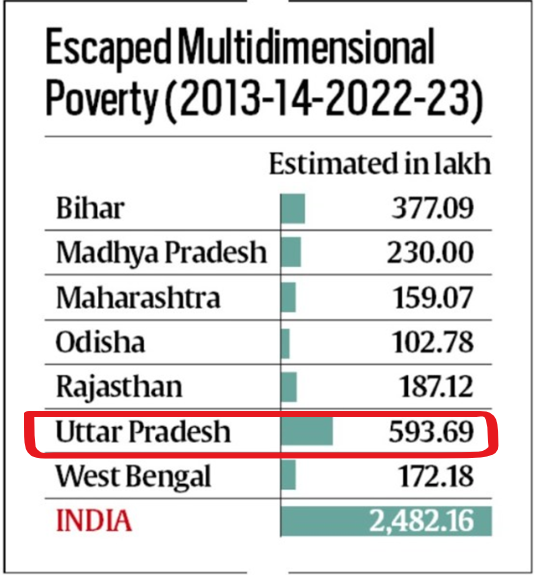
Multidimensional Poverty Index (Global MPI)
- Global MPI is a measure of multidimensional poverty covering 107 developing countries.
- It was first developed in 2010 by Oxford Poverty and Human Development Initiative (OPHI) and United Nations Development Programme (UNDP) for UNDP’s Human Development Reports.
- Global MPI uses three dimensions and ten indicators.

National Multidimensional Poverty Index (National MPI)
- It is published by NITI Aayog using the methodology in consonance with the global methodology.
- Like the global MPI, India’s national MPI has three equally weighted dimensions – Health, Education, and Standard of living, but represented by twelve (10 in Global MPI) indicators.
- National MPI model = (10 indicators of the global MPI model retained + 2 new indicators (Maternal Health and Bank Accounts)) in line with national priorities.
How is Poverty calculated?
- Poverty is calculated based either on income levels or on expenditure levels.
|
How MPI is calculated?
- According to the MPI method, if a person is deprived of a third or more of 10 (weighted) indicators, they are identified as MPI poor.
- However, to calculate the index value, three separate calculations are needed.
- First, need to find out the incidence of multidimensional poverty (denoted by the symbol H). It answers the question – How many are poor?
- The incidence refers to the proportion of multidimensionally poor in the population.
- It is arrived at by dividing the number of multidimensionally poor persons by the total population.
- Second, need to find out the intensity of poverty (denoted by the symbol A). This answers the question – How poor are they?
- To compute intensity, the weighted deprivation scores of all poor people are summed and then divided by the total number of poor people.
- Finally, the MPI is arrived at by multiplying the incidence of multidimensional poverty (H) and the intensity of poverty (A).
{GS3 – IE – Budget} Fiscal Deficit
- Context (TH): It was announced in the interim Budget that the Centre would reduce its fiscal deficit to 5.1% of gross domestic product (GDP) for the year 2024-25 & less than 4.5% of GDP by 2025-26.
- The revised estimates (for 2023-24) also lowered the fiscal deficit projection to 5.8% of GDP.
- These announcements have surprised many, as most were anticipating a higher fiscal deficit target.
Fiscal Deficit vs National Debt
- Fiscal deficit refers to the shortfall in a government’s revenue when compared to its expenditure.
- For example, in 2024-25, the government’s total revenue is estimated to be ₹30.8 lakh crore whereas the total expenditure is estimated to be ₹47.66 lakh crore.
- Please note, the borrowings that form part of the revenue should not be included.
|
- The fiscal deficit should not be confused with the national debt.
- The national debt is usually the amount of debt that a government has accumulated over many years of running fiscal deficits and borrowing to bridge the deficits.
| The national debt stands at 81.9% of GDP (as of Nov 2023). |
How does the government fund its fiscal deficit?
- To fund its fiscal deficit, the government mainly borrows money from the bond market.
Why does the fiscal deficit matter?
- Fiscal deficit ∝ to Inflation: There is a strong direct relationship between the government’s fiscal deficit and inflation in the country.
- Reduce borrowing cost: Fiscal deficit (FD) is indicative of fiscal discipline upheld by the government. The less the FD, the more the confidence to lenders and drives down the government’s borrowing cost.
- Managing public debt: A high fiscal deficit can also adversely affect the ability of the government to manage its overall public debt.
- Access to international bond market. A lower fiscal deficit may help the government to sell its bonds overseas more easily and access cheaper credit.
|
How is the government planning to bring down the fiscal deficit for 2024-25?
- Raise the tax base, tax collection and reduce spending.
- The Centre expects tax collections to rise by 11.5% in 2024-25.
- Spending less on fertilizer subsidy, from ₹1.88 lakh crore (2023-24) to ₹1.64 lakh crore (2024-25).
- Reducing food subsidy from ₹2.12 lakh crore (2023-24) to ₹2.05 lakh crore (2024-25).
{GS3 – IE – Resources} Source of Funds for Panchayats
- Context (IE): The RBI has recently published a report titled “Finances of Panchayati Raj Institutions” covering the years 2020-21 to 2022-23.
Sources of Funds for Panchayats
- Own source of funds (1. Tax revenue & 2. Non-Tax revenue)
| Tax revenue | Non-Tax revenue |
|
|
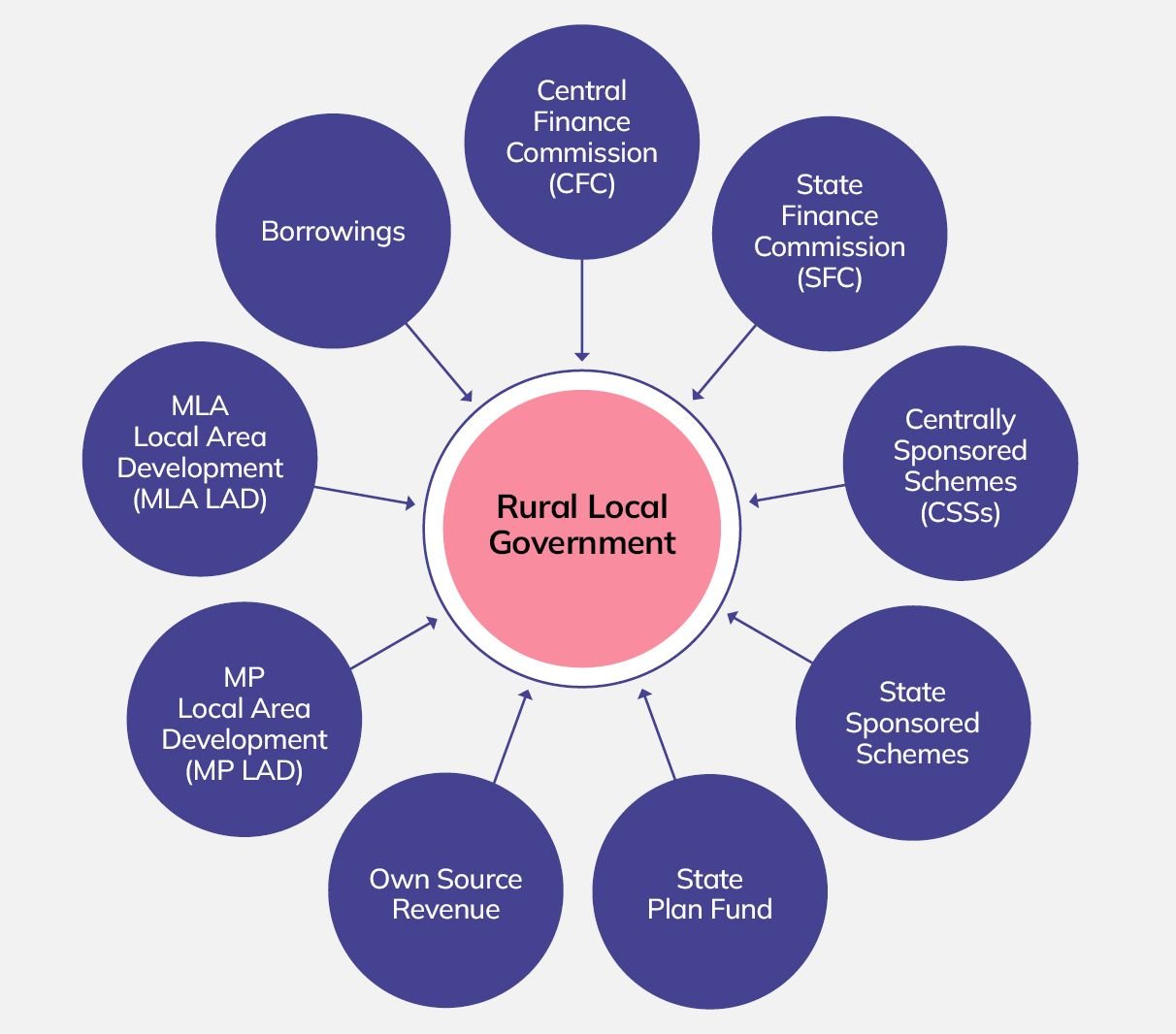
- Transfers from Union and State Governments
- The 73rd amendment of the constitution provides a provision that the state governments must constitute State Finance Commissions (SFCs) every five years.
- The SFC will make recommendations about the sharing of resources between the state and the local bodies (both rural and urban).
- Grants received to carry out activities as part of national schemes. For example, under the 15th Finance Commission’s period, panchayats are to receive funds to implement a Centrally Sponsored Scheme known as ‘Jal Jeevan Mission’.
Key Finding of the report
- Panchayats’ Own Sources of Revenue i.e. tax revenue is very limited. The own revenues of the Panchayats were only 1.1 per cent of their total revenue during the study period.
- Non-tax revenue, primarily from Panchayati Raj programmes and interest earnings, constituted 3.3 per cent of the total revenue receipts.
- The average revenue per Panchayat (encompassing taxes, non-taxes, and grants) was at approx. 21 lakhs for the three consecutive periods of 2021,2022,2023.
- Average Expenditure witnessed a decline from 17.3 lakh in 2020-21 to 12.5 lakh in 2022-23, attributed to elevated spending during the pandemic year.
- There are sharp inter-state variations in the devolution of powers and functions to Panchayats.
- States having higher devolution levels exhibit better outcomes in health, education, infrastructure development, water supply and sanitation.
- Issue: Around 95 per cent of their revenue come in the form of grants from higher levels of government.
- This restricts their spending ability that is already hampered by delays in the constitution of State Finance Commissions.
- Over 2.5 lakh Panchayati Raj Institutions (PRIs) utilised the eGramSwaraj platform for accounting purposes.
- Additionally, more than 2.4 lakh PRIs have seamlessly integrated the eGramSwaraj-PFMS Interface for online transactions, facilitating online payments.
{GS3 – S&T – Space} Russian Cosmonaut’s Record in Space
- Context (REU): Oleg Kononenko, a Russian cosmonaut, set a new world record for the most time spent in space, surpassing Gennady Padalka’s previous record of more than 878 days.
- Kononenko’s space career includes his first flight in 2008 and his current mission launched on a Soyuz MS-24 spacecraft.
| Russia’s space achievements began with launching Sputnik 1 in 1957 and Yuri Gagarin’s space travel in 1961. |
Soyuz MS-24 Mission
- Mission Type: Crewed mission to the International Space Station (ISS).
- Mission Duration: 192 days (in progress).
- Launch Date: 15 September 2023.
- Launch Site: Baikonur Cosmodrome.
|
- Landing Date (Planned): 2 April 2024.
- Landing Site: Kazakh Steppe, Kazakhstan.
|
{Prelims – Envi – Species} Apollo Butterflies
- Context (TH): Dusted Apollo (Parnassius stenosemus) butterflies were sighted in Himachal Pradesh.
- Dusted Apollo (Parnassius stenosemus) is a rare high-altitude butterfly, first discovered in 1890.
- Its distribution ranges from Ladakh to West Nepal, inhabiting elevations between 3,500 and 4,800 meters in the inner Himalayas.

- The Regal Apollo (Parnnasius charltonius), another rare species, was also sighted and is protected under Schedule II of the Wildlife Protection Act, 1972.
- Apollo butterflies are valuable in the poaching industry due to their commercial importance.
{Prelims – In News} Dharani Portal
- Context (TH): The Dharani portal, a one-stop solution for land-related transactions in Telangana, is headed towards a significant revamp.
- CM appointed a high-level five-member committee to evolve guidelines for the permanent resolution of long-pending land disputes.
- The committee has suggested that the portal needs significant changes on the technical, administrative, and legal sides.
Issues with the Portal
- Complaints about the portal include
- Patta land being included in the prohibited list,
- Mismatches between the extent of land in records and the actual field dimensions and
- There needs to be a provision for registering lands in the name of multiple owners.
- Less than 50% of the digitised land records are error-free
- The previous government claimed issues pertaining to almost 95% of the land were rectified.
- There have been complaints about 30 lakh acres of land and that the land was being sold to private companies in open auctions.
- The public has been facing numerous problems in selling/buying land as sufficient modules for different transactions have not been incorporated into the portal.
- The system allows just one transaction at a time. Users who face multiple problems related to their land are not able to access the portal to have their grievances redressed.
- The user can make an application for removal of the land from the prohibited list or one pertaining to the extent of land, but not both at the same time.
- In case users apply for rectification of both these issues at the same time, their application gets rejected.
- The Revenue Department has been overstrained as just 34 officers, one for each district, have been authorised to operate the portal.
- The officers do not have enough ground staff to assist them with the verification of the claims by the landowners.
- The Revenue Department has also locked horns with the Forest Department, which claims that a significant extent of forest land finds no mention in Dharani.
About the Dharani web portal
- The portal was launched in 2020.
- The portal will do away with any loopholes in the registration process as well as store all land and property-related information online.
- It will simplify the registration, succession and even partition of agricultural lands to ensure that the entire process is completed timely and the e-pattadar passbook is provided to the landowners immediately.




![PMF IAS Environment for UPSC 2022-23 [paperback] PMF IAS [Nov 30, 2021]…](https://pmfias.b-cdn.net/wp-content/uploads/2024/04/pmfiasenvironmentforupsc2022-23paperbackpmfiasnov302021.jpg)


